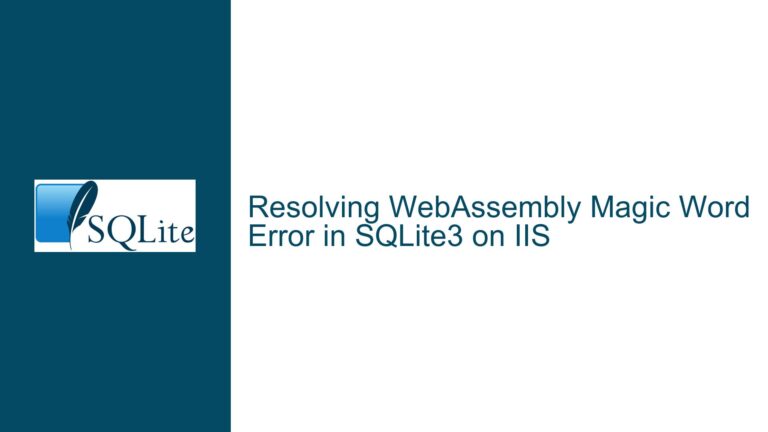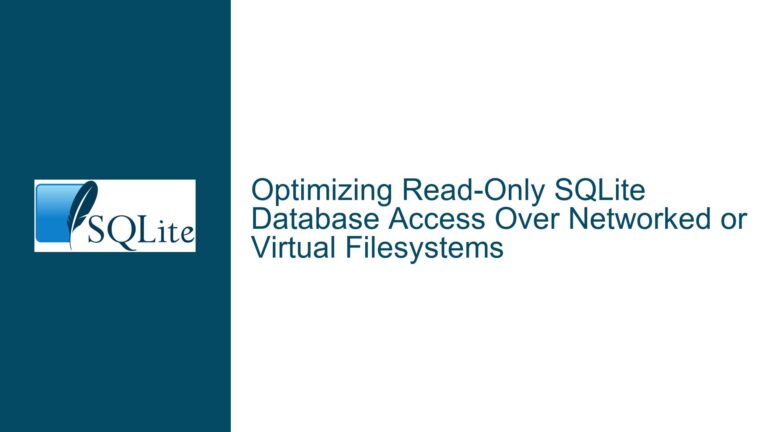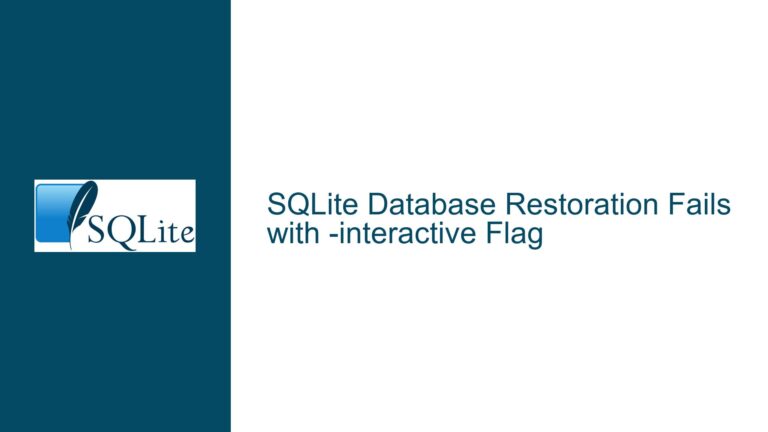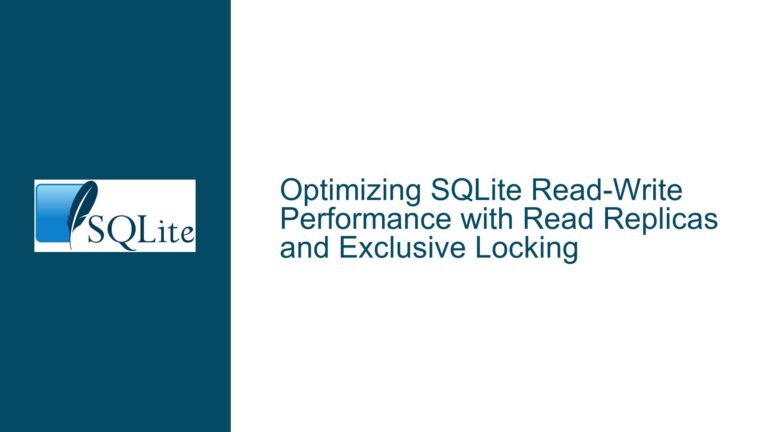Resolving WebAssembly Magic Word Error in SQLite3 on IIS
WebAssembly.instantiate() Magic Word Mismatch: Corrupt or Misconfigured WASM File The error message WebAssembly.instantiate(): expected magic word 00 61 73 6d, found 3c 21 44 4f @+0 indicates a fundamental issue with the WebAssembly (WASM) file being loaded. This error occurs when the WebAssembly runtime attempts to instantiate a WASM module but encounters an unexpected file…









